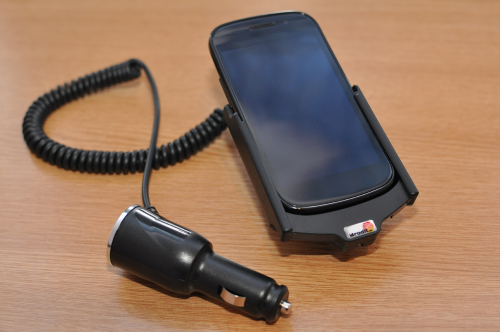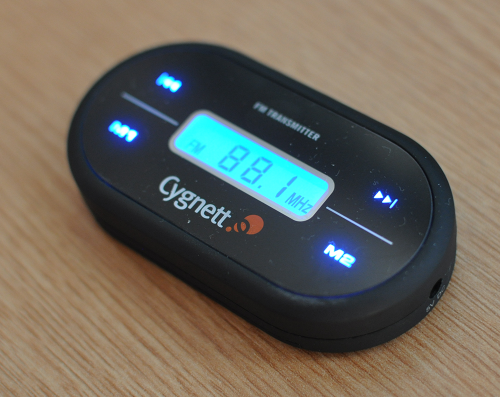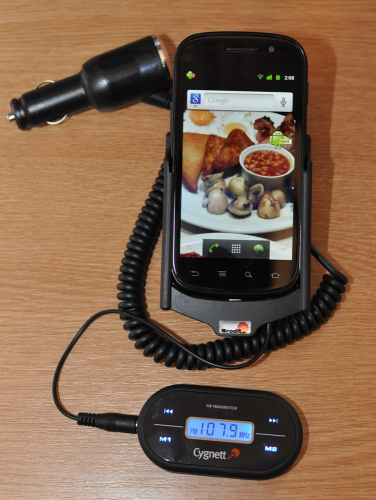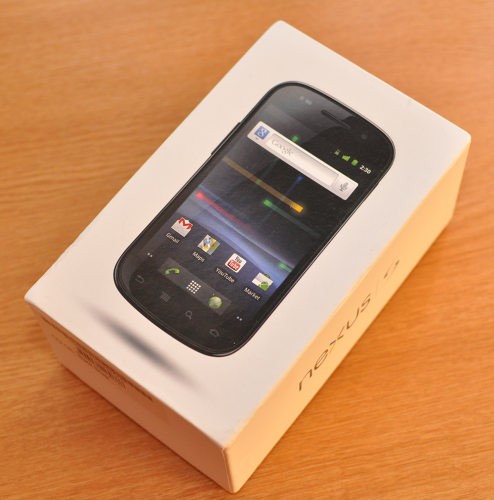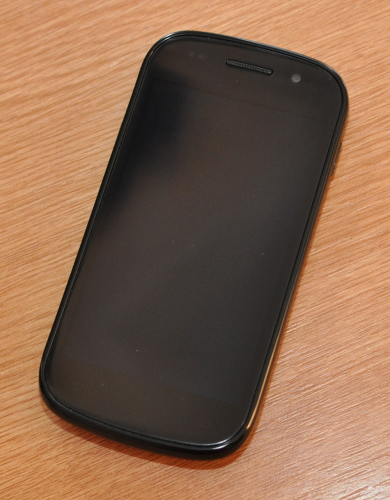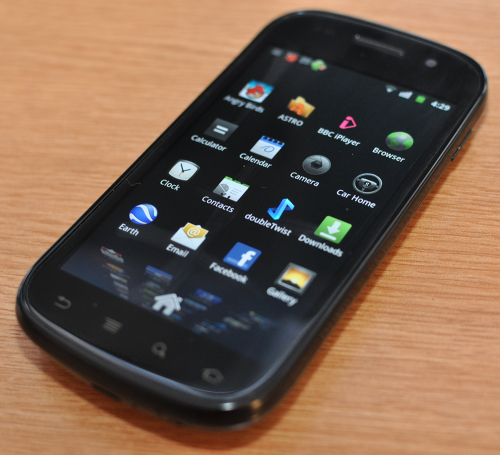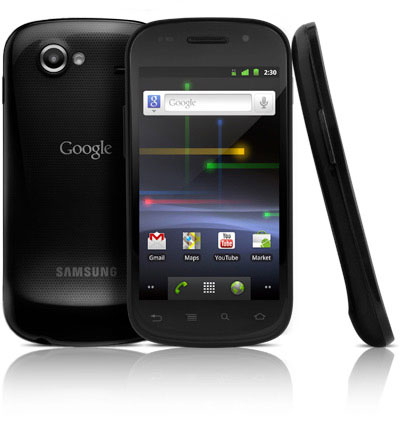Whatever you think about Apple, you have to admire their wholesale approach to their product line. As many arguments as there are against the all encompassing combination of iDevice + iTunes, it means that Apple control everything about their products from start to finish and this control gives them the ability to direct the user experience fully.
It may sit uncomfortably when they make decisions that you don’t agree with, but the strength is that, so long as you don’t want to use your device outside their software/hardware combination, everything is sorted for you. You don’t need to make decisions about where you store your music – it’s got to be iTunes. You don’t get a choice of where to make payments – it’s through Apple. You don’t get a choice of where to get your Apps from – it’s through the App store.
You become embedded and, more importantly, invested in the Apple way. If you keep on the Apple upgrade path, all of that investment stays with you. Move away however and it’s all gone. You can’t sync your iTunes library using iTunes with your other devices. You don’t get to take your Apps with you. This is the reason that it feels such a big step to move away from the Apple fold.
So, let me outline the infrastructure that I have come to use on my iPhone 3G and those aspects that I have aimed to recreate on the Nexus S.
- Music Library Syncing
- Podcast search/subscription/download/syncing
- Car holder
- FM Transmitter to play music through car speakers
- Sat Nav
- Applications (Key and supplemental)
- Music purchase
Let’s deal with the first 2 items first. Android doesn’t come with the pre-requisite of sync software installed on your PC. You can simply copy over your music collection files to your device. However, although I hate the BloatWare that is iTunes, I do love the fact that it lets me keep my music in sync and especially rely on the ability to subscribe to podcasts and have all un-listened to episodes synced to my phone. This was one area therefore that I was particularly worried about in the move from iPhone to Android. However, where needs arise, there are always those willing to fill the hole. And so in steps doubleTwist.
doubleTwist is effectively iTunes for all devices outside the Apple empire. It keeps things refreshingly simple. It allows you to connect up your device as a USB storage device and then sync your iTunes library/Windows media library onto your phone. It offers options to sync specific playlists or your whole collection. It allows syncing of your photos and videos as well. The software deals with any necessary file conversion to ensure your media plays OK on your phone. A solution then! Indeed.
It has been working well for me over the past few days with very few problems… apart from not being able to play DigitalOutbox through the in-built player on the desktop! Oops.
However, the story doesn’t end there. doubleTwist also integrates with the Android Market for apps and, if you live in the US, the Amazon MP3 store and as well. Apparently they are looking to have a UK MP3 store in place in the future. They have a free doublTwist player for your device and, if you’re willing to part with £3.10, you can also have AirSync and sync to your phone without the need to tether your device! The choice is yours, and isn’t it nice to have that choice!
The lack of integrated MP3 download isn’t such a big deal in reality as the UK Amazon MP3 store is easily available via the web and also as an app on the phone should you wish.
Straight away then, with doubleTwist things start feeling more like your iPhone you’ve walked away from. Perhaps going forward, this method of syncing will seem over engineered and drag-drop will seem more sensible but in this transfer period, it’s nice to have similar methodologies to rely on. There may be alternative software out there but as I hit on this on my first search and it did what I wanted, I haven’t really looked around more!
We’ve already ticked off a good selection of the infrastructure with doubleTwist. But how about car use? With my iPhone, I had a lighter mounted Belkin FM Transmitter II which combined the ability to hold the phone, charge as you travel and also output the audio to the stereo (as my car doesn’t have an aux in.)
When it comes to accessories, the iPhone is king. With the Android market being split over so many different devices, the accessories are far more limited. There isn’t an equivalent FM Transmitter/Holder for the Nexus S yet so, instead I have had to look for separate solutions.
When it comes to holders, my go-to manufacturer is Brodit. They make great attachments for an incredible variety of cars (Brodit Pro Clips) and these offer a solid platform into which to screw in their range of holders. To get the charging up and running, I’ve gone for an active holder, which plugs into the lighter socket in the car.
The best deal I found online was with www.mobilefun.co.uk and as their online reviews where very positive – they were a good bet. Great website and service so top marks from me as well although I would have liked to see the holder packaged up a little more. The holder is sturdy and the Nexus S slips in and connects with the charging port without issue. I would have liked the charging cable to be slightly longer, as it is a little bit of a stretch for my placements but it’s not a show stopper.
That leaves the FM Transmitter to get the device sound through the car speakers. I’ve had very mixed experience of FM Transmitters. The FM band is so crowded with stations that it is almost impossible to get a clear signal to transmit your content on. Normally, holding the signal at the extremes of the band is most successful. There are some exceptionally cheap devices out there, but they come with certain quality issues. You can’t go too far wrong with them as they don’t cost any real money (the cheapest come in at £5 or so). Still, I’ve given myself a little more chance for a longer life device and also got some neon blue lights by going with the Cygnett GrooveRide Touch.
It plugs into the jack out of the phone, and the Brodit holder leaves a small grove in the base of the unit, just enough to get the small end of the 3.5mm jack supplied with the GrooveRide though. When the phone is in the holder, it is a little fiddly to get the jack in the audio out but not a huge issue.
In practice, the sound you get through the stereo is adequate. There is more hiss on the the GrooveRide than there was with my Belkin and the band extremities were a little wider as well, giving a clearer spectrum to use. For Audiophiles, the hiss will be a game stopper. I tend to listen to podcasts in the car, so it’s not such a biggie. As ever though, a car stereo with an Aux in is a much better bet overall.
Navigation on Android devices is a no-brainer. Android (in its more recent forms) comes with in built Google navigation that’s free. It hooks into Google maps data (now vector based on Ginderbread) and voice is computer generated. In practice, the Nexus S picks up GPS extremely quickly and there were no issues with typing in locations – and because it hooks in with Google data, you don’t have to know postcodes, you can type locations – even down to specific pubs / attractions. I did have a little play with trying to use the voice control features – where you just tell your phone to “navigate to …”. However, I didn’t find this particularly accurate, even when I tried to use my bestest talking. I will look more into the voice aspects of the phone in the future to see if there’s a way to make things more accurate.
As the navigation is cloud based, you do need a data connection to make the most of the service, although the move to vector based data does mean that there is potential to store your route when you have a connection and use this cached version if it drops. I haven’t tested out/researched these capabilities but I had no problems during the real-world testing I did.
The last piece of my infrastructure puzzle is that of apps and software. I am going to cover this in another part of the series so watch this space!
